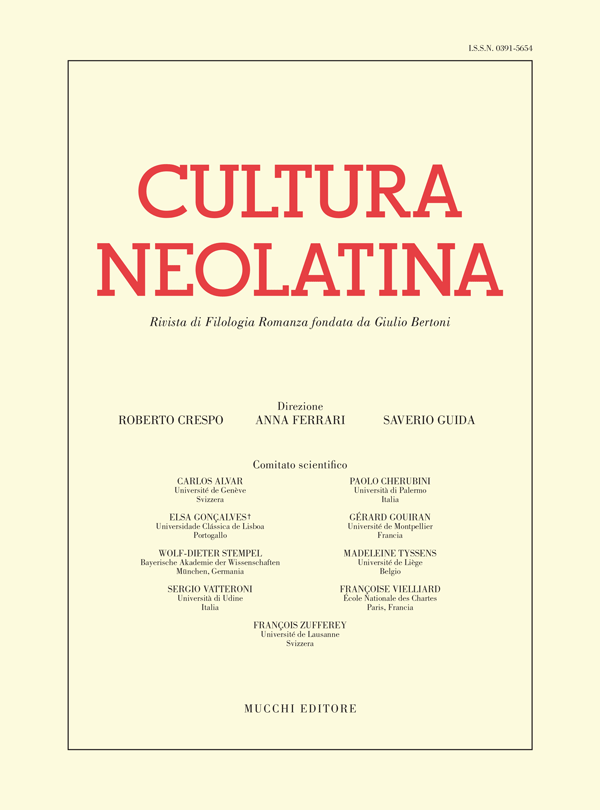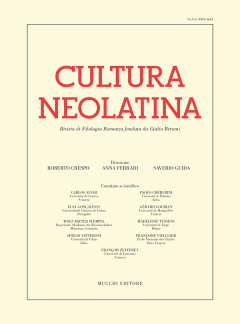L’alba di Giraut de Borneil Reis glorios è trasmessa da sei canzonieri ed è inoltre copiata nella guardia anteriore di un manoscritto di argomento medico conservato alla BSB di Monaco. Il testimone stravagante, noto fin dal 1885, non è stato finora adeguatamente studiato né dal punto di vista linguistico né da quello stemmatico. Opera di un copista non di professione ignaro di occitano, la sua facies linguistica, insieme con una miriade di altri indizi, rinvia alla Sicilia, mentre il testo presenta numerose affinità con T, il codice che contiene l’unicum della canzone di Folchetto di Marsiglia tradotta da Giacomo da Lentini e che è da tempo in odore di costituire l’ideale collegamento, mediante un antecedente, tra i trovatori e la Scuola siciliana. L’alba di Monaco è quindi l’unico testimone italiano meridionale di un trovatore; fa capo, come T, a una tradizione occitana e non italiana settentrionale, il che prova l’esistenza di un canale diretto tra i paesi di lingua d’oc e la Sicilia e ripropone su basi nuove la questione della conoscenza che i poeti federiciani avevano dei trovatori; infine, per la sua datazione (XIII ex. – XIV in.) e il suo stato di degrado, questa eccezionale reliquia documenta la lunga sopravvivenza nell’isola, semmai anche attraverso fasi di oralità, di un componimento forse apprezzato da chi lo ha copiato principalmente per la sua melodia.
Giraut de Borneil’s alba Reis glorios is transmitted by six manuscripts and it has also been noted down on the front fly-sheet of a manuscript containing medical texts, now at the BSB in Munich. This extravagant witness has been known since 1885, but so far has not received proper attention from the linguistic nor stemmatic point of view. The text was copied by a non-professional scribe who knew no Occitan, and its linguistic facies, along with a host of other clues, points to Sicily, while the text itself presents many features in common with T, the only chansonnier to preserve the song by Folquet de Marselha, translated by Giacomo da Lentini, which for many years now has been considered the ideal link, through one ancestor, between the troubadours and the Sicilian School. The Munich alba, therefore, is the only Southern Italian witness of a troubadour song; like T, it goes back to an Occitan rather than a Northern Italian tradition, a fact which shows there existed a direct link between the Midi and Sicily, thus providing a new basis for the question of how well-known the troubadours were to the poets from Frederick II’s court; finally, the date (s. xiii ex. – s. xiv in.) and the state of the text of this exceptional relic is proof of the long survival in the island, perhaps too through phases of oral transmission, of a poem that might have been appreciated by the scribe mainly for its melody.


